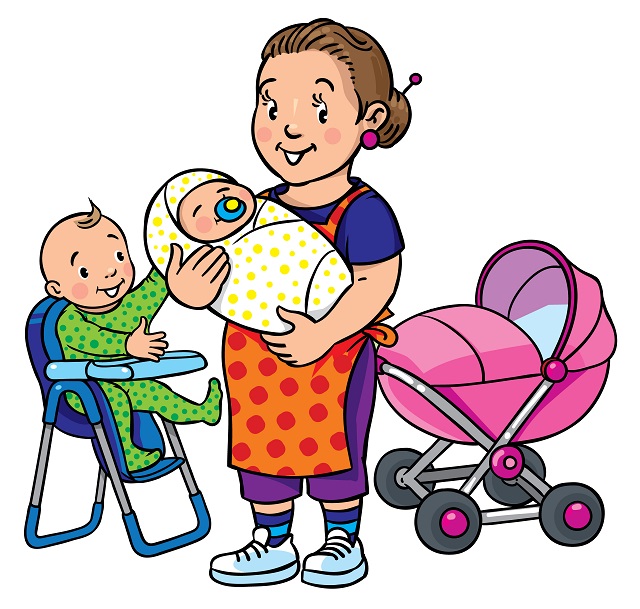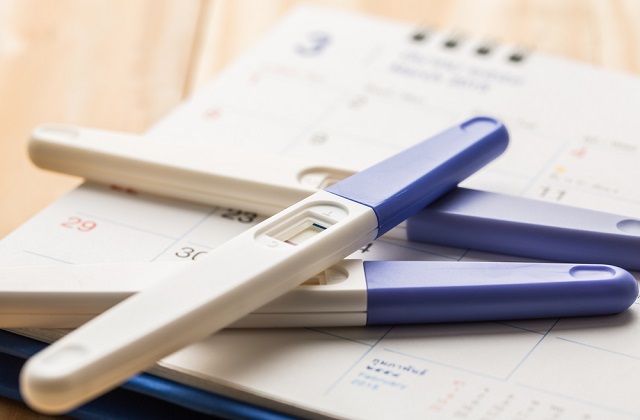Pregnancy Month by Month
1st month
The amniotic sac begins to form around the fertilized egg. The amniotic sac contains amniotic fluid. Amniotic fluid is a clear, yellowish fluid that surrounds the baby during pregnancy. The amniotic fluid is made of water, nutrients, hormones and antibodies. This fluid is essential in protecting and nourishing the baby. As the baby grows, the volume of amniotic fluid increases as well.
In the first month, the placenta also develops. The placenta transports nutrients from the mother to the baby, and transfers waste from the baby. The baby’s face begins to take shape, and the mouth, jaw and throat begins to develop. Blood cells also start to develop, and blood circulation begins.
By the end of the first month, your baby is about ¼ inch long.
2nd month
The baby’s facial features like the eyes, mouth and jaw continue to develop. Tiny ears, fingers, hands and feet begin to form. The brain, spinal cord and other tissues of the central nervous system are formed by now.
The digestive tract and sensory organs also start to develop. By the end of the second month, your baby is about an inch long.
3rd month
The baby’s arms, hands, feet, fingers and toes are fully formed. The baby can even open and close his fists. Fingernails, toenails and teeth begin to develop.
The baby also starts to develop his/her reproductive organs, but gender is still hard for ultrasound to detect at this stage.
By the end of the third month, your baby is about 4 inches long. The baby has now passed his/her most critical development, so the chance of miscarriage falls significantly after 3 months.
4th month
You can now hear your baby’s heartbeat through an instrument called a doppler. The baby can make movements such as yawning and stretching.
The baby’s nervous system is now beginning to function. Reproductive organs and genitalia are now fully formed, so you can detect the gender of the baby using ultrasound.
By the end of the fourth month, the baby is about 6 inches long.
5th month
You feel your baby move as the baby develops muscles and starts to exercise them. This first movement is also known as “quickening”.
The baby’s skin is covered with a white substance called vernix caseosa which serves as a protection against long exposure to amniotic fluid.
Hair starts to grow on your baby’s head. The baby’s body is also covered by a soft fine hair called lanugo. Lanugo helps to protect the skin and help vernix caseosa better adhere to the baby’s skin. Your baby will shed this hair within the first few days or weeks after birth.
By the end of the fifth month, your baby is about 10 inches long.
6th month
The baby’s eyelids begin to part and the eyes open. Your baby can now respond to sound and responds by moving or increasing his/her pulse. You may feel jerk-like motions if your baby hiccups.
By the end of the sixth month, your baby is about 12 inches long.
7th month
The baby’s hearing is now fully developed and starts to develop reserves of fat. Your baby now changes his/her position frequently and responds to stimuli like light and sound. At this time, the amniotic fluid begins to gradually reduce.
By the end of the seventh month, your baby is about 14 inches long.
8th month
Your baby continues to develop and mature. The brain, especially, is developing rapidly at this time. Your baby can see and hear, and you may feel your baby kicking a lot more. Most of his/her internal systems are well-formed and functional, but the lungs may still be immature.
By the end of the eighth month, your baby is about 18 inches long.
9th month
Your baby’s lungs are nearly fully developed. Your baby continues to grow and mature. Your baby can blink, turn the head and even grasp firmly.
Your baby changes its position to prepare for birth. The baby’s head is usually facing down towards the birth canal. Your baby is about 18 to 20 inches long at this time.
Hurray! Your baby is ready to be born into this world!
Sources:
Healthline. (n.d.). Lanugo: Causes and Treatment. Retrieved from https://www.healthline.com/health/lanugo#treatment
Stages Of Pregnancy & Fetal Development | Cleveland Clinic. (n.d.). Retrieved from https://my.clevelandclinic.org/health/articles/7247-fetal-development-stages-of-growth
It takes a village to raise a child !
Join our Facebook Group For 2025 SG Mummies or Facebook Group For 2026 SG Mummies
2024 SG Mummies Whatsapp Group by EDD Month or 2025 SG Mummies Whatsapp Group By EDD Month









